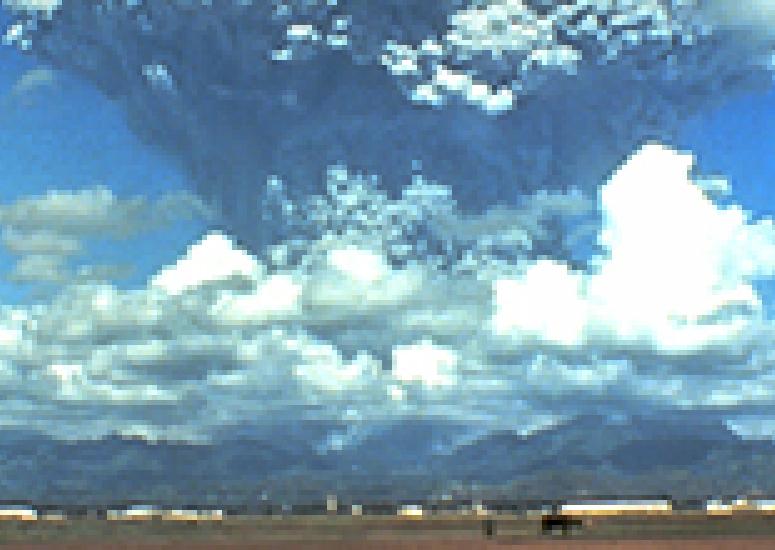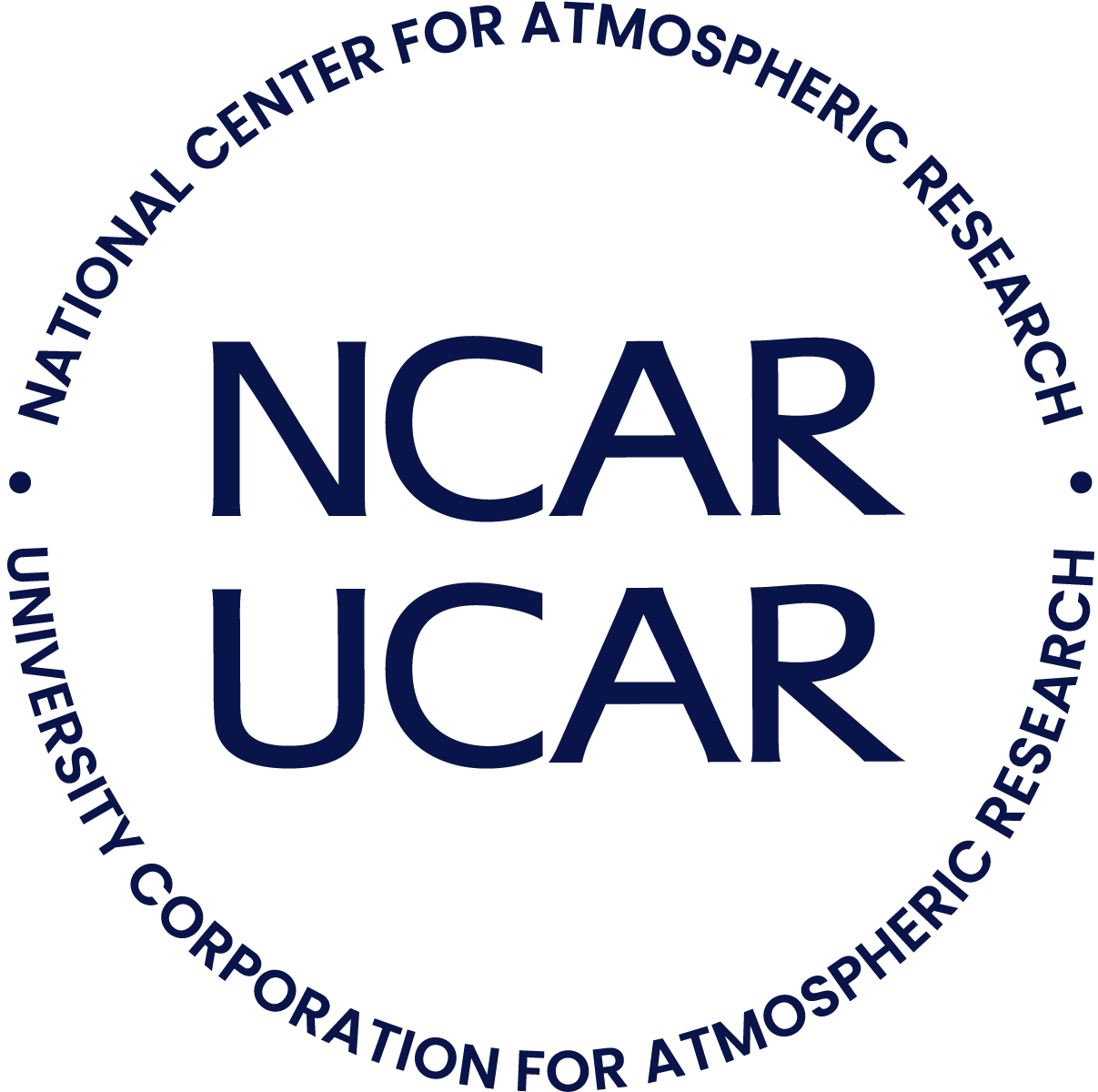-

Getting serious about geoengineering
Blossoming interest in geoengineering research over the last few years has ripened into a deeper consideration of the topic by scientists, policymakers, and the public. This interest has been boosted by a relative lack of action on mitigating climate change.
- Climate
-
The wolverine’s melting world
The wolverine is known for its strength and ferocity, but these qualities cannot protect it from a warming world. NCAR research suggests that this aggressive predator may struggle to survive in the contiguous United States over the coming century.
- Climate
-

Climate change: Drought may threaten much of globe within decades
The threat of drought is expected to increase throughout the century, potentially affecting many heavily populated regions.
- Climate
-

Population trends: Another influence on climate change
Changes in population growth and composition, including aging and urbanization, could significantly affect global emissions of carbon dioxide says a new study in PNAS.
- Climate

